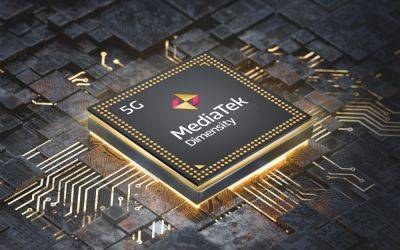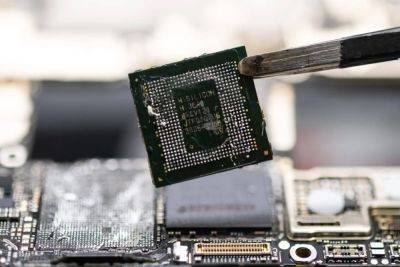SMIC’s 5nm Process Rumored To Display Impressive Energy Efficiency, Tipster Does Not Share If Any Huawei Kirin SoC Would Be Mass Produced On It This Year
China’s biggest semiconductor manufacturer, SMIC, might have achieved a massive breakthrough by successfully developing the 5nm technology using its existing DUV equipment, but there are a ton of hurdles to cross before the foundry makes meaningful strides with its new manufacturing process. Fortunately, one tipster reveals some positive development, and the 5nm node has shown improved power efficiency. Unfortunately, there is no update on if this technology will be implemented this year when Huawei announces its next Kirin chipset.
New Kirin chipset to be announced with Huawei’s Mate 70 series, but it is unlikely to be mass produced on SMIC’s 5nm process
SMIC’s 7nm node is currently utilized for the Huawei Kirin 9000S and Kirin 9010, with the manufacturer employing its N+2 variant to achieve a higher transistor density. Unfortunately, both chipsets significantly lag behind the competition, with Google’s Tensor G3 being faster while consuming less power. Fortunately, Weibo tipster Digital Chat Station has posted on the micro-blogging platform that the 5nm process shows improved energy consumption but does not mention whether it will be leveraged when Huawei announces the next Kirin chipset.
Related Story Huawei Rumored To Have Delayed the Mate 70 Launch As Its In-House HarmonyOS NEXT Software Needs More Time To Finish
Due to the U.S. trade sanctions, SMIC cannot procure cutting-edge EUV machinery that is crucial to mass producing next-generation wafers at scale. Instead, the foundry has had to rely on older DUV equipment to get the job done. While it is possible, an earlier estimate stated that SMIC’s 5nm wafers would be up to 50 percent more expensive than TSMC’s on the same lithography, as factors such as incredibly low yields and increased time consumption would come into play. This could mean utilizing this technology would be too expensive for Huawei unless SMIC increases its yields through various ‘trial and error’ runs.
Instead, a previous rumor claimed that







